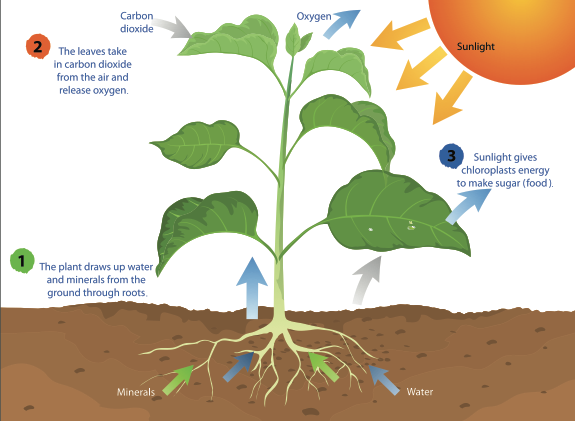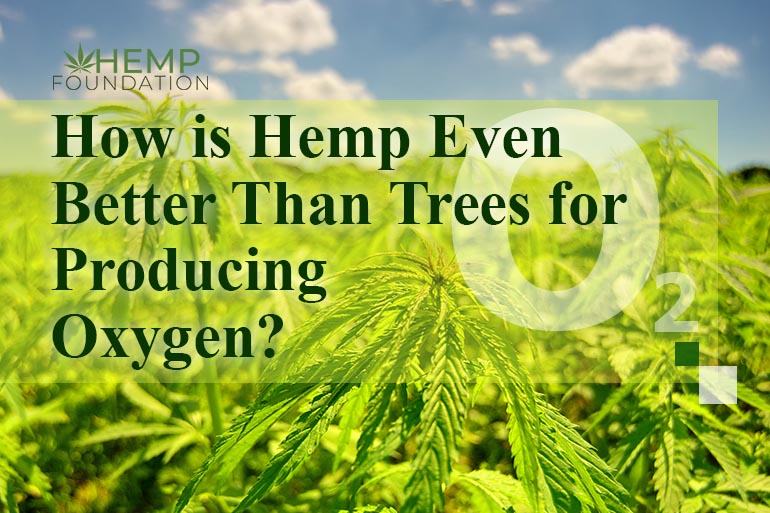Let us start from the skeptics’ position. Till the other day, hemp was marked an illegal drug plant, a kin of the narcotic cannabis or marijuana. Now suddenly the whole world is claiming that hemp is planet Earth’s most miraculous plant. Does sound like a hoax, right?
DECODING THE HEMP ENIGMA
It is a legitimate doubt to have unless one knows the full story of hemp. Let us get that bit cleared first. It is true that hemp cultivation was prohibited in most countries across the globe for much of the 20th century. It still is, in many countries.
It is only in recent times that some countries have started taking cautious baby steps in decriminalizing hemp cultivation. That is the reason behind this apparently sudden upsurge of interest in hemp. The plant itself and its miracle qualities are not “sudden” by any long shot.
Hemp happens to be one of the earliest plants that human beings started using first and then cultivating. History tells us that the first use of hemp can be traced back to the Neolithic age. Humans started using hemp some 8,000 to 10,000 years ago, that is.
The oldest history of hemp cultivation dates back to about 5,000 years ago, as per records available in China. This easy-to-grow plant is a wonder plant, indeed, with an incredibly wide range of benefits to offer. The entire plant is of use to human beings, with solid environmental benefits as a bonus.
HEMP IS NOT A DRUG
From nutrition to building material, from clothing to biofuel, from ship sails to bioplastic – you name it and some part of the hemp plant can yield that. But yes, this is not an omnipotent divine plant. It cannot give you a high.
Why was the plant banned then? By an act of human omission, or commission, or both. The only crime of hemp is that it belongs to the same plant species as the drug cannabis or marijuana: Cannabis Sativa L.This species relationship led to its criminalization.
The narcotic cannabis has high levels of a chemical called tetrahydrocannabinol, more commonly known simply as THC. This is the psychoactive chemical that gives marijuana its mind-altering capacity. THC presence in cannabis varies from 7.5 to 10 percent, or even higher.
THC presence in hemp, on the other hand, is limited to 0.3 percent or lower. That is why hemp lacks the psychotropic property of its cannabis kin. A failure to note this vital difference had led to hemp being declared contraband.
A plant in human use since ancient times dropped out of human initiatives, probably causing a lot of harm to the environment in the process. With the recent revival of its legitimacy, the multifaceted benefits of hempseed sare resurfacing in human discourse.
HEMP AND OXYGEN PRODUCTION
One of the many claims being made about hemp relates to the plant’s capacity to produce oxygen. There are claims that one acre of hemp can produce oxygen equal to 25 acres of forest. How true is the claim?
The response to this apparently simple question is more complicated than it seems. It has to do with several different factors that we need to systematically understand. A quick brush-up of the oxygen-producing process will be of help in that.
HOW PLANTS PRODUCE OXYGEN?
The simple answer is: through photosynthesis, the process plants use to produce their own food. The term photosynthesis simply means “making things with light”. Plant roots absorb water and nutrients from the ground. Some plants can absorb water from the atmosphere also.
The energy for photosynthesis comes from sunlight. Chlorophyll and carotenoids present in the green leaves of plants can absorb energy from the sun. Plants also absorb carbon dioxide from the atmosphere through invisible holes called stomata.
Then, by a series of chemical reactions the carbon dioxide is broken down and reassembled to form glucose, using the energy gathered from sunlight. Oxygen is produced as a byproduct of this process. Plants do not need the oxygen present in carbon dioxide during photosynthesis.
So, plants store a little oxygen for respiration at night when no sunlight is there. They release the rest. So, the two important factors in oxygen production are the leaves with chlorophyll and carotenoids, and carbon dioxide absorption capacity.
MORE LEAVES, MORE OXYGEN?
It sure seems so. Since oxygen is a byproduct of photosynthesis, the leaves with the chlorophyll and carotenoids should be the most important plant part in the process. Big plants with more leaf area and a higher number of leaves should produce more oxygen than any smaller plant.
Hemp is definitely a much smaller plant with a smaller leaf area and considerably less number of leaves. So, it becomes difficult to believe that hemp can actually produce more oxygen than trees.

NOT QUITE SO SIMPLE
In that simple assumption above, we forget the other important factor in the oxygen production process: carbon dioxide. It is the oxygen molecules in that gas that combines with the excess water inside the plant body to produce oxygen. So higher carbon dioxide absorption capacity is also a critical factor.
There is enough evidence to demonstrate that hemp plants have exceptionally high carbon dioxide capacity. According to several scientific articles, one hectare of densely-grown hemp for fiber use can absorb 22 tons of carbon dioxide.
Combined with the possibility of growing two crops a year, it means hemp grown in one hectare can absorb 44 tons of carbon dioxide in a year. This high carbon absorption capacity contributes considerably to the humble hemp’s oxygen-producing ability.
From another perspective, botanists inform us that plants with C4 photosynthesis are more efficient in carbon dioxide absorption than their C3 counterparts. This difference is because of a process called photorespiration in C3 plants which makes them breathe even while sunlight is available.
Breathing in light is different from the normal pattern and plants emit carbon dioxide when they breathe, not oxygen. Hemp is C4, with no photorespiration. That also makes it more efficient in oxygen emission.
OTHER SIGNIFICANT VARIABLES
The photosynthesis rate of plants decreases as they age. Big trees with considerable leaf area and richness in the number of leaves also live much longer than hemp. However, their capacity to produce oxygen decreases with age as the photosynthesis process slows down.
Hemp, on the other hand, is a fast-growing plant that can grow up to four meters in about 100 days. It then gets harvested before it has had time to grow old. The capacity of hemp to produce oxygen does not deteriorate, therefore. This is another critical factor that makes hemp cultivation more effective than agroforestry in oxygen production.
WHAT DOES IT ALL ADD UP TO?
As per scientific publications, a tree can absorb up to 48 pounds of carbon dioxide in a year and can trap up to one ton of the gas by the time it is 40 years old. A direct comparison is not possible, therefore.
There are other complications also since the exact variables are not clearly defined. There is no known study to date that has actually measured the oxygen produced by a hectare of trees, to compare it with the capacity of hemp. However, evidence suggests that the scale is tilted towards hemp.
One acre of hemp will produce more oxygen than one acre of apple trees, all other variables remaining the same. That alone can make hemp the winner in this debate.
Sources:
https://sciencing.com/plants-make-oxygen-4923607.html
https://www.mdpi.com/2073-4395/6/4/58/htm
https://hemp-copenhagen.com/images/Hemp-cph-Carbon-sink.pdf

